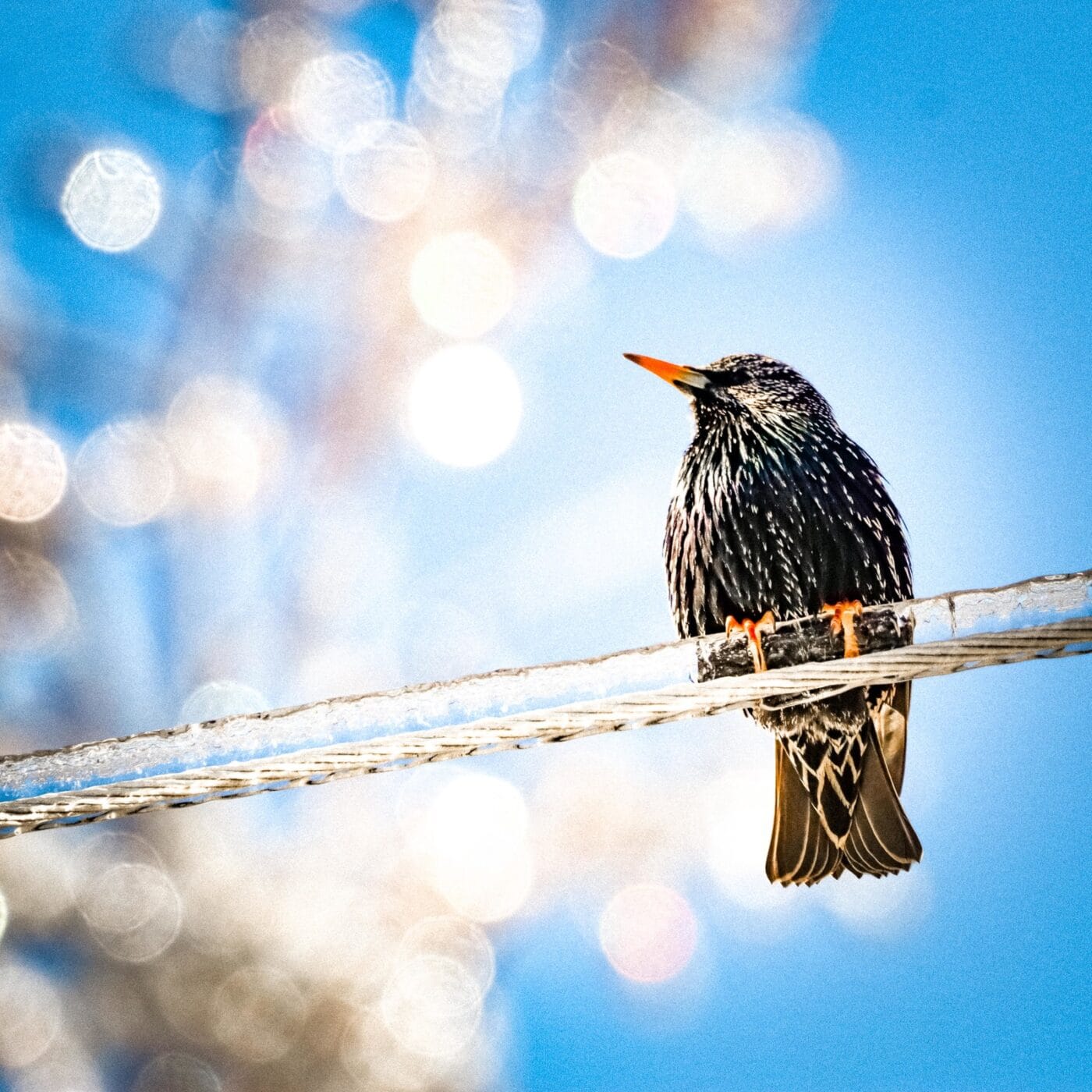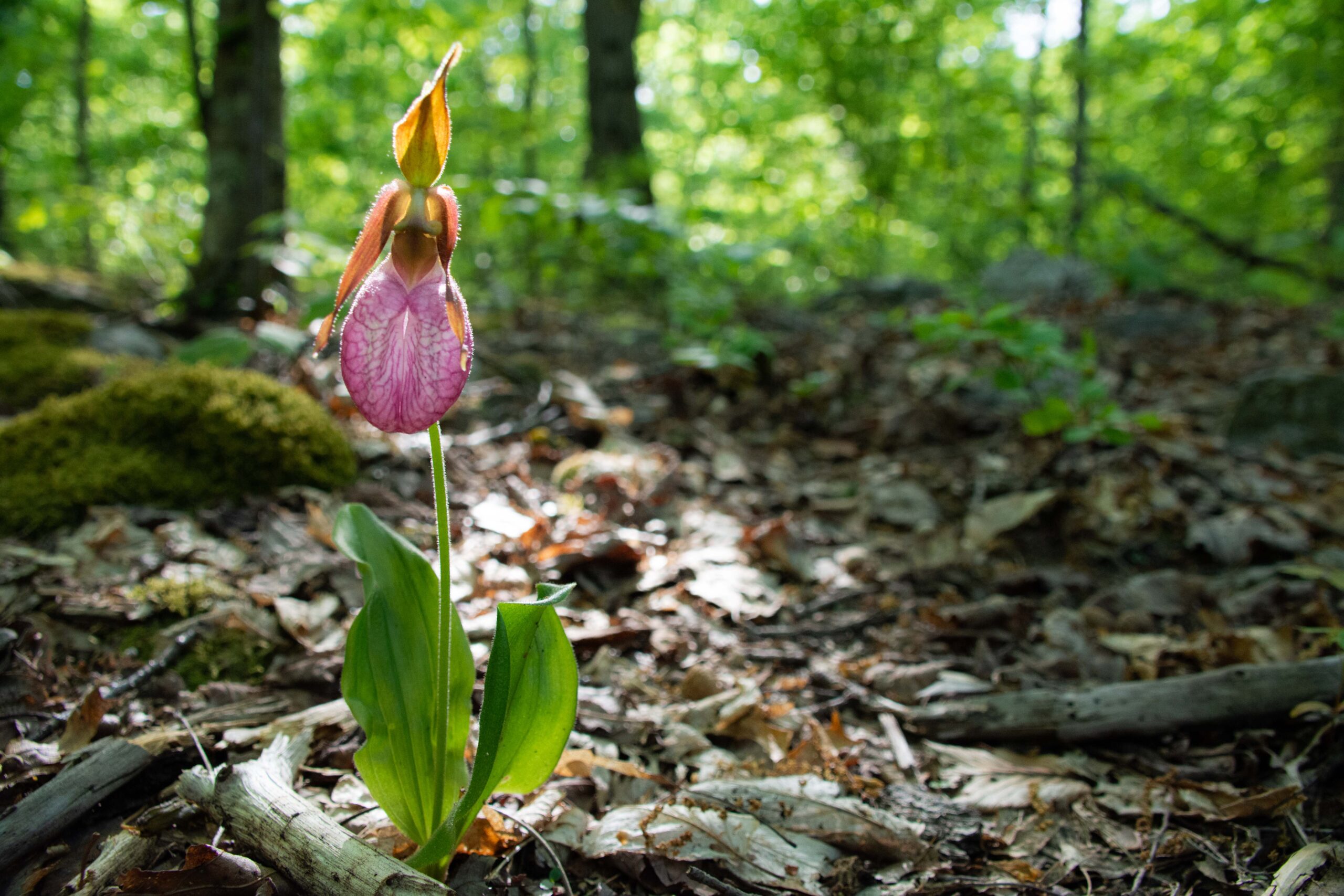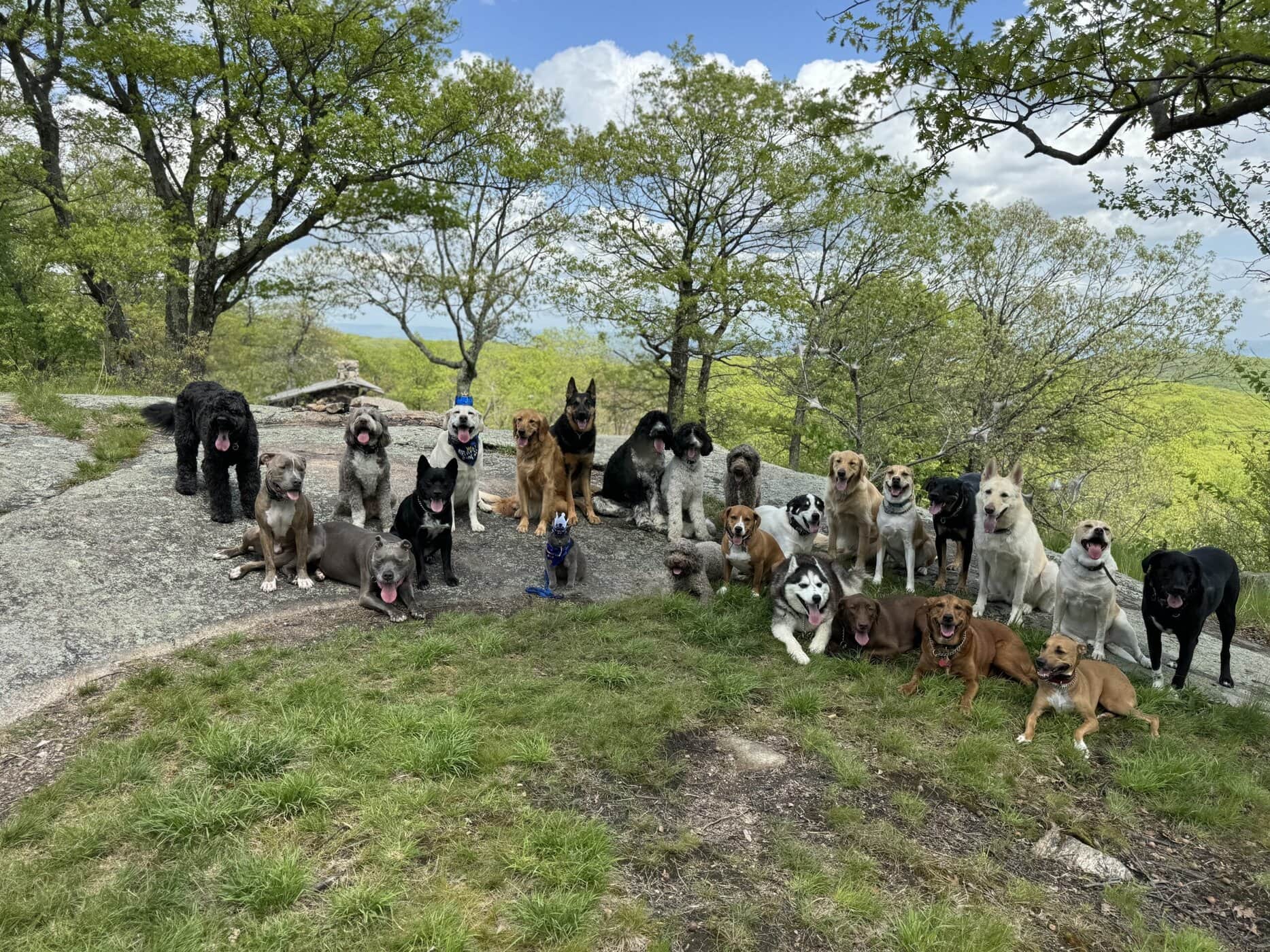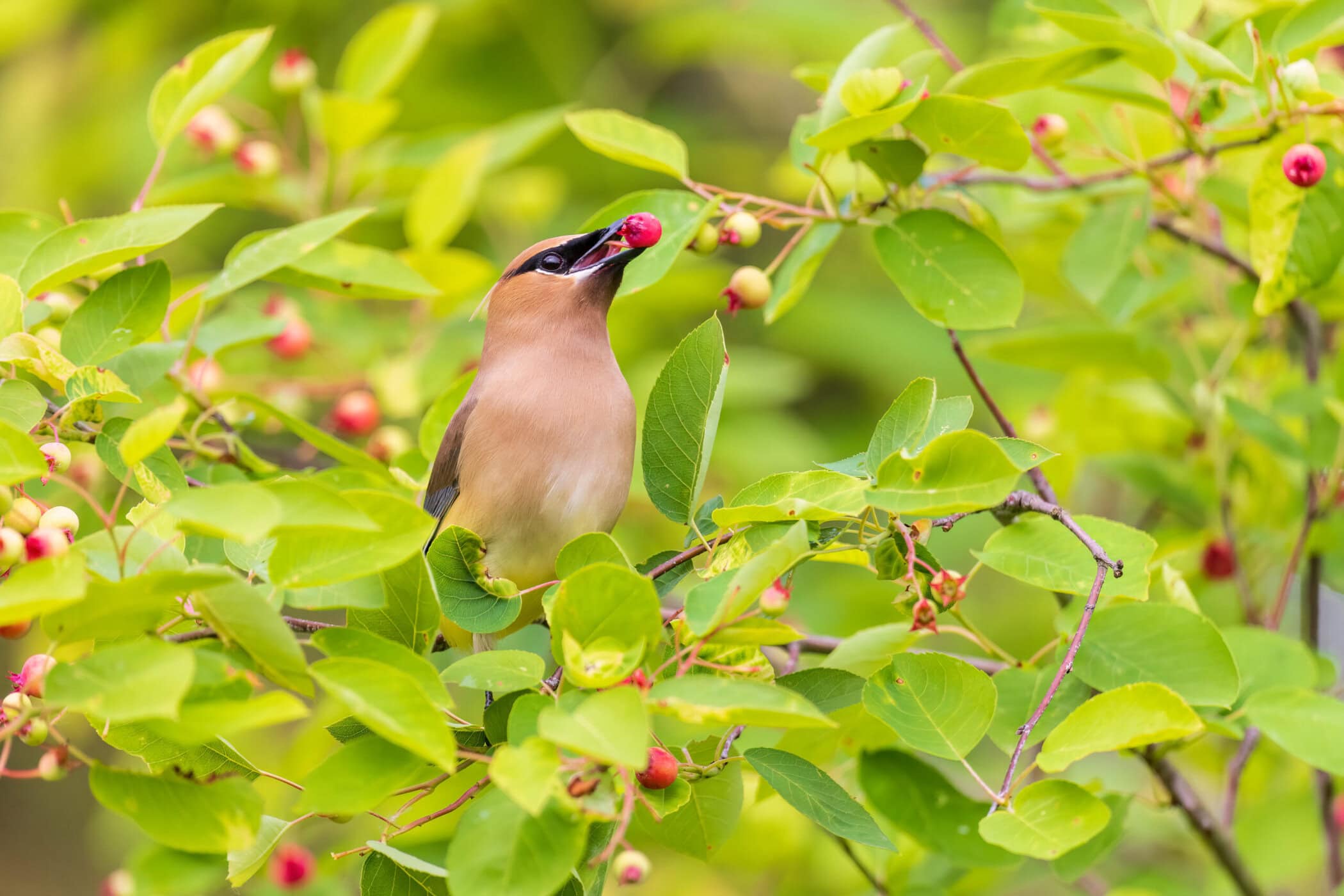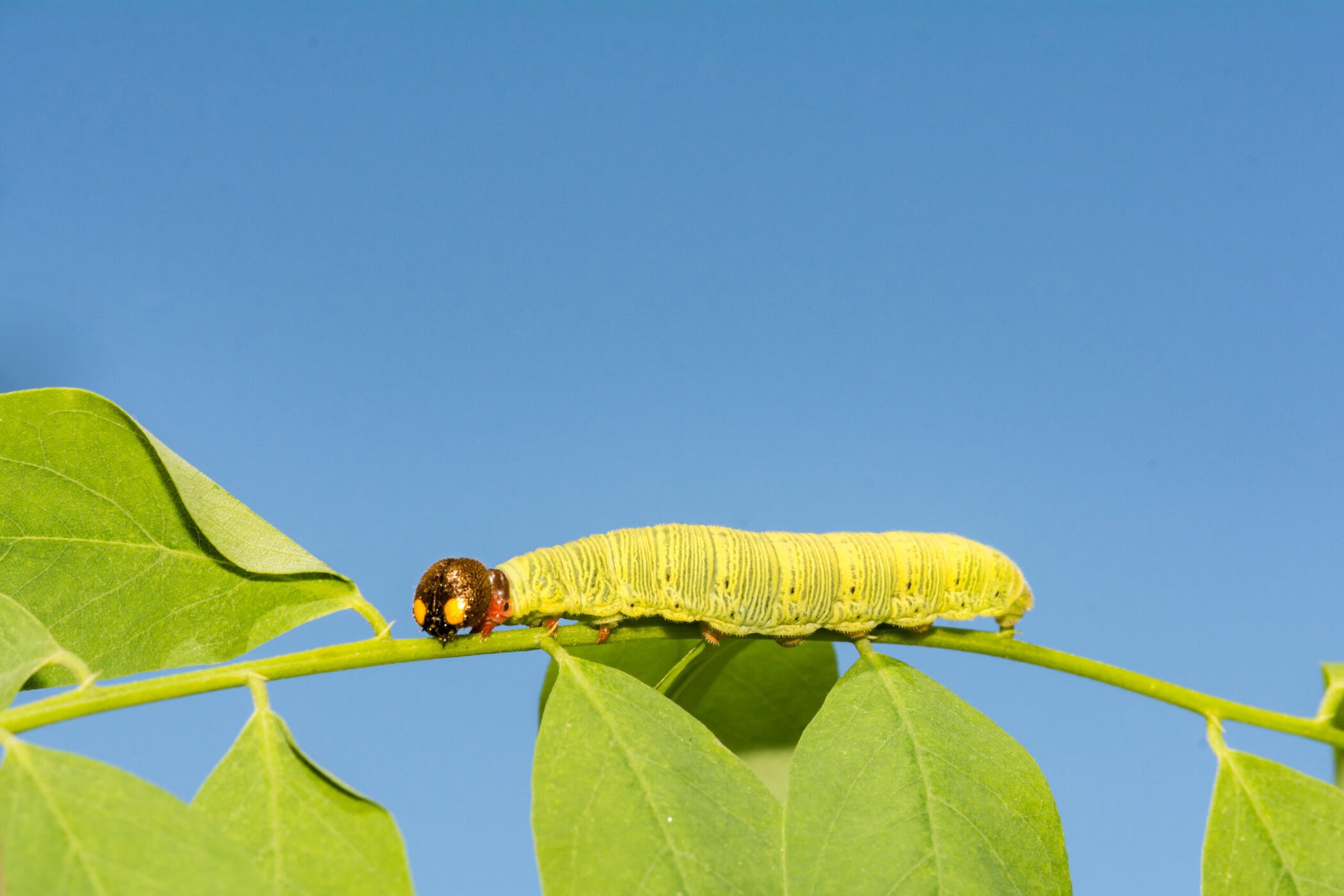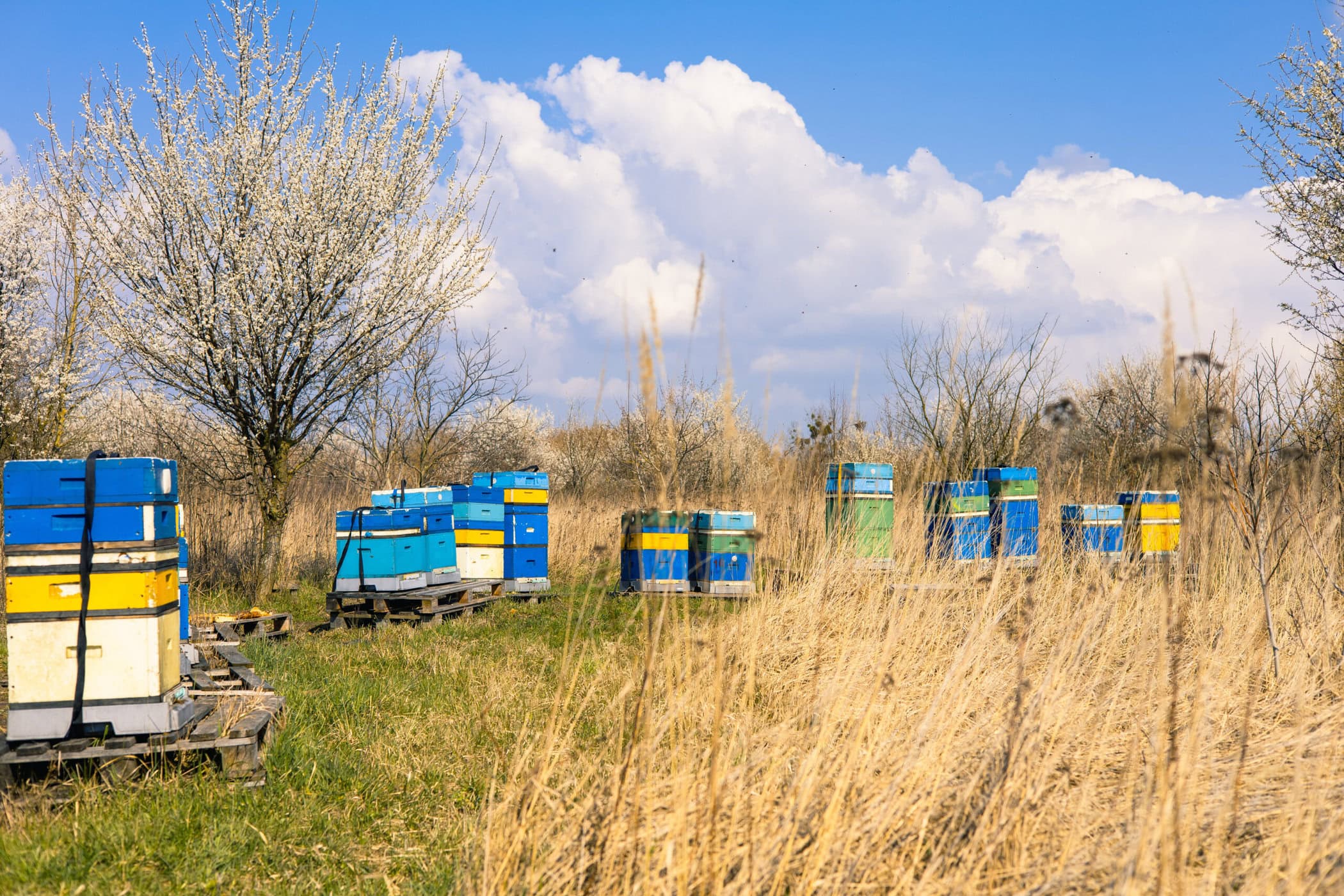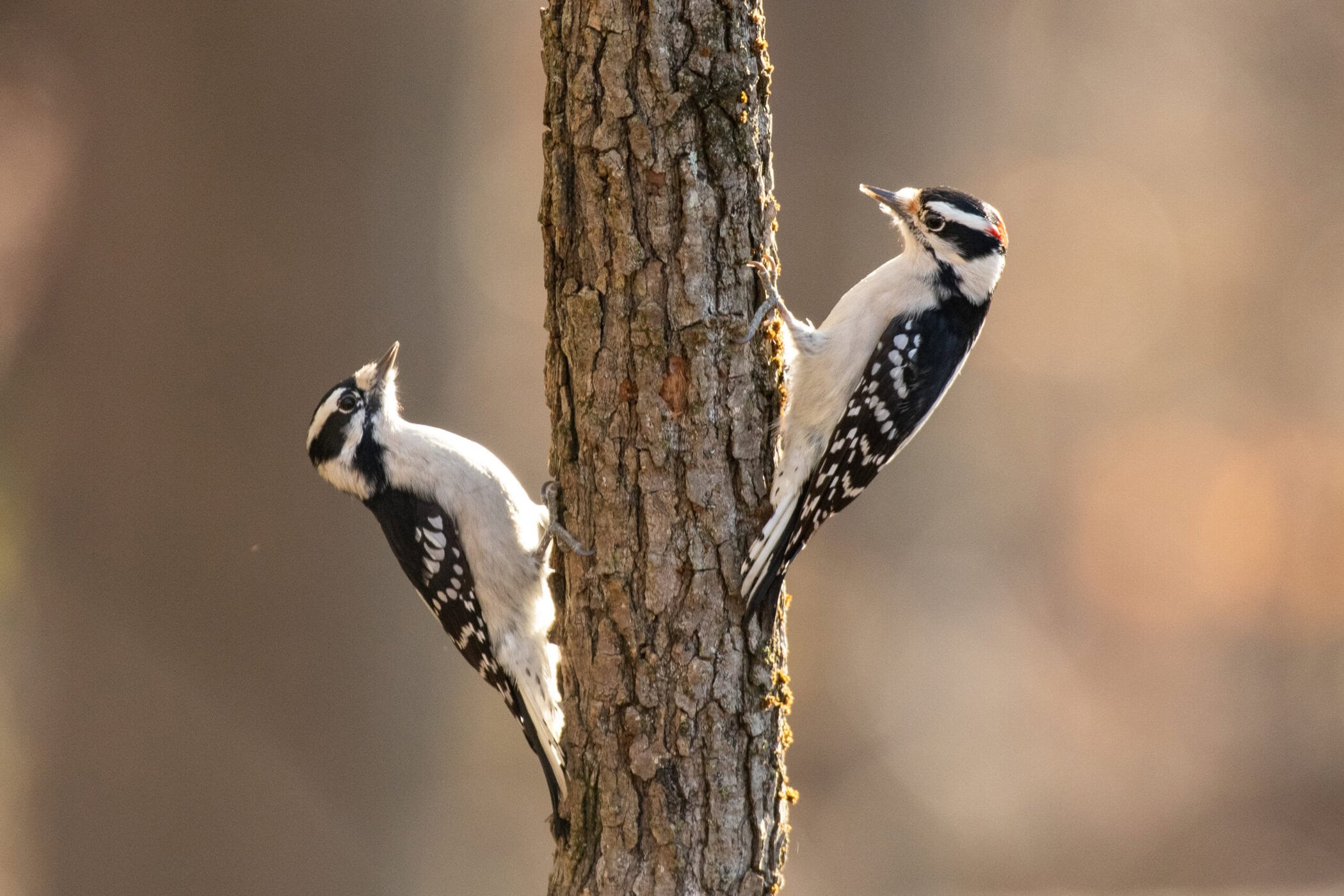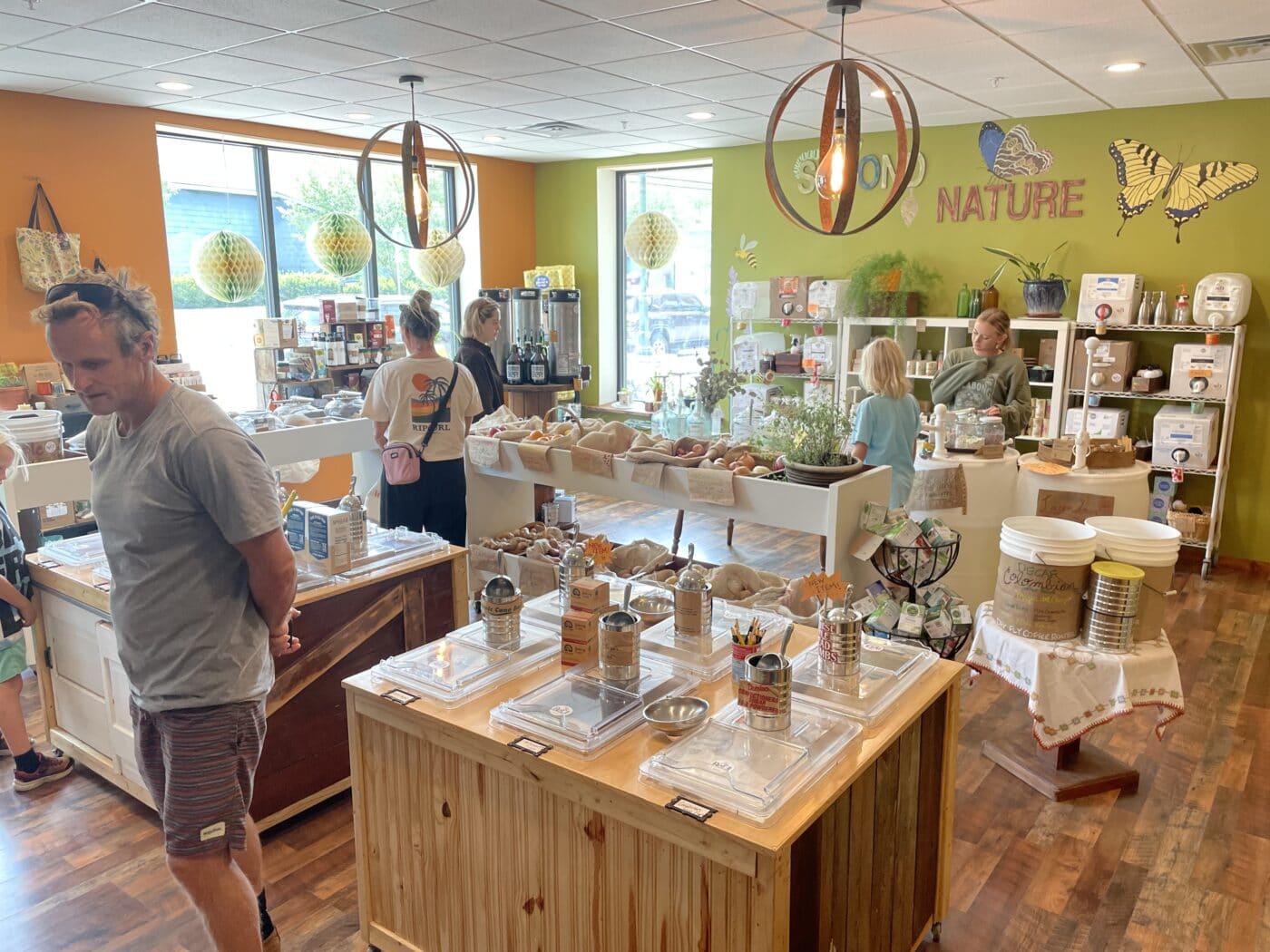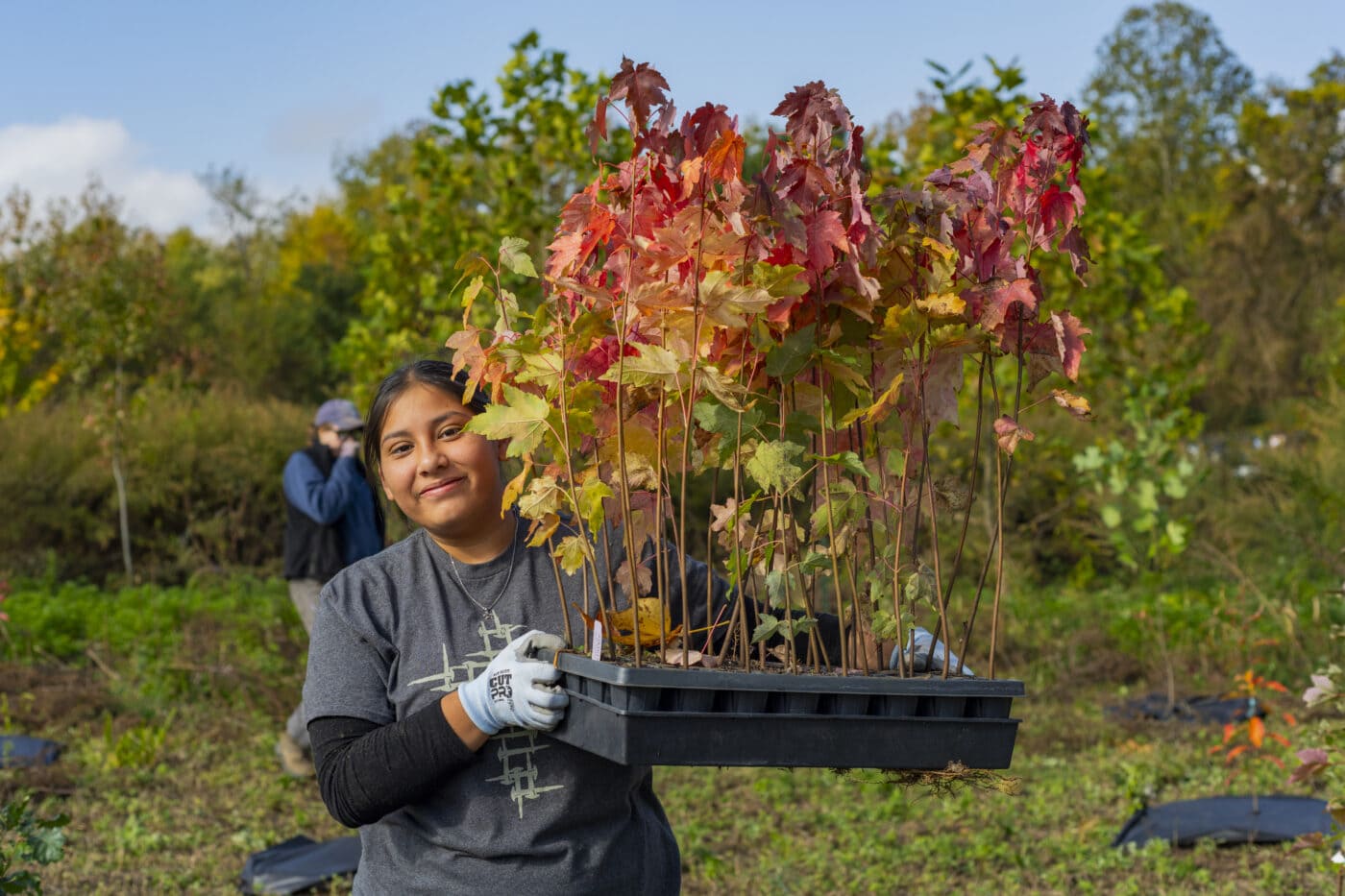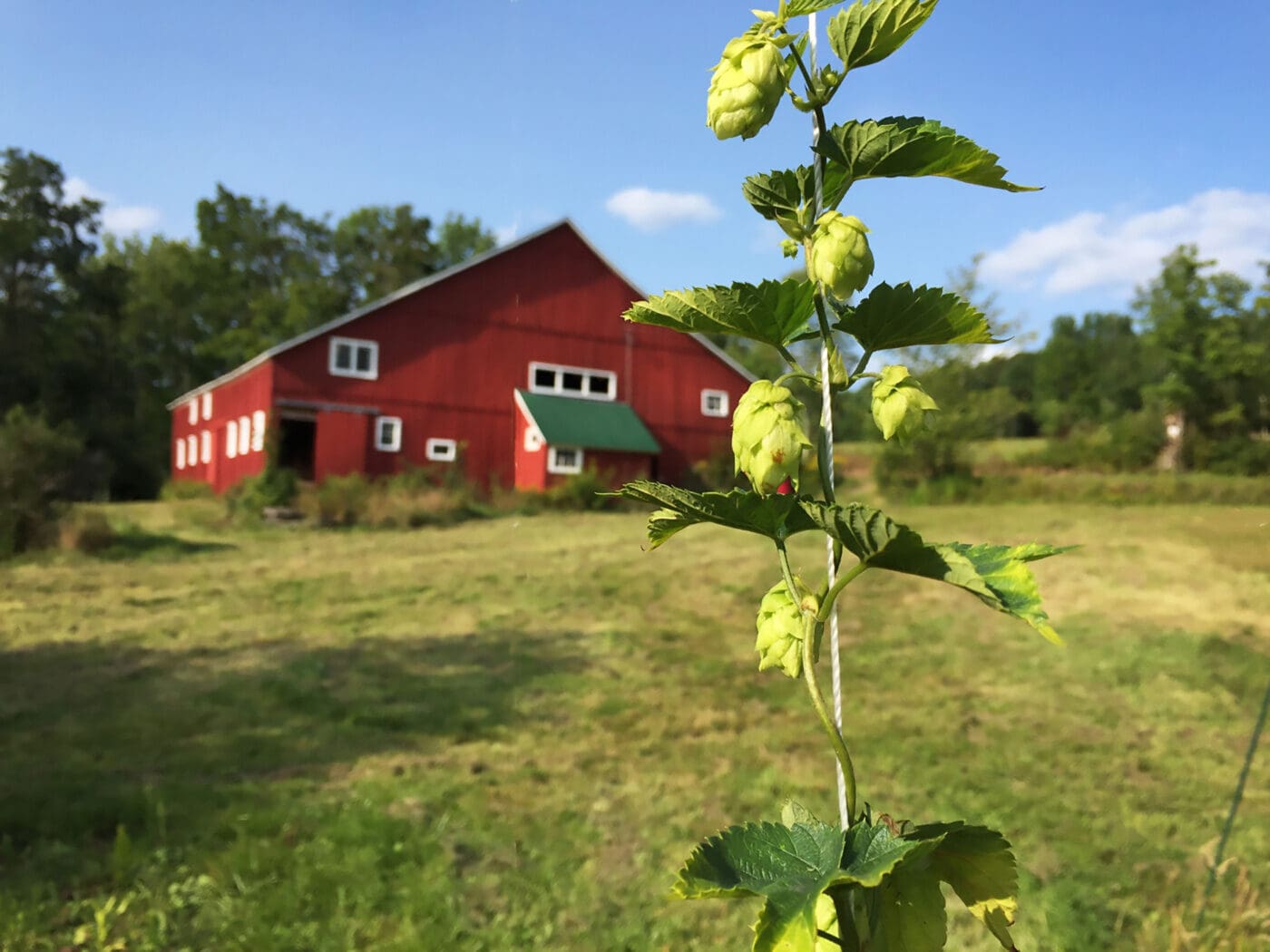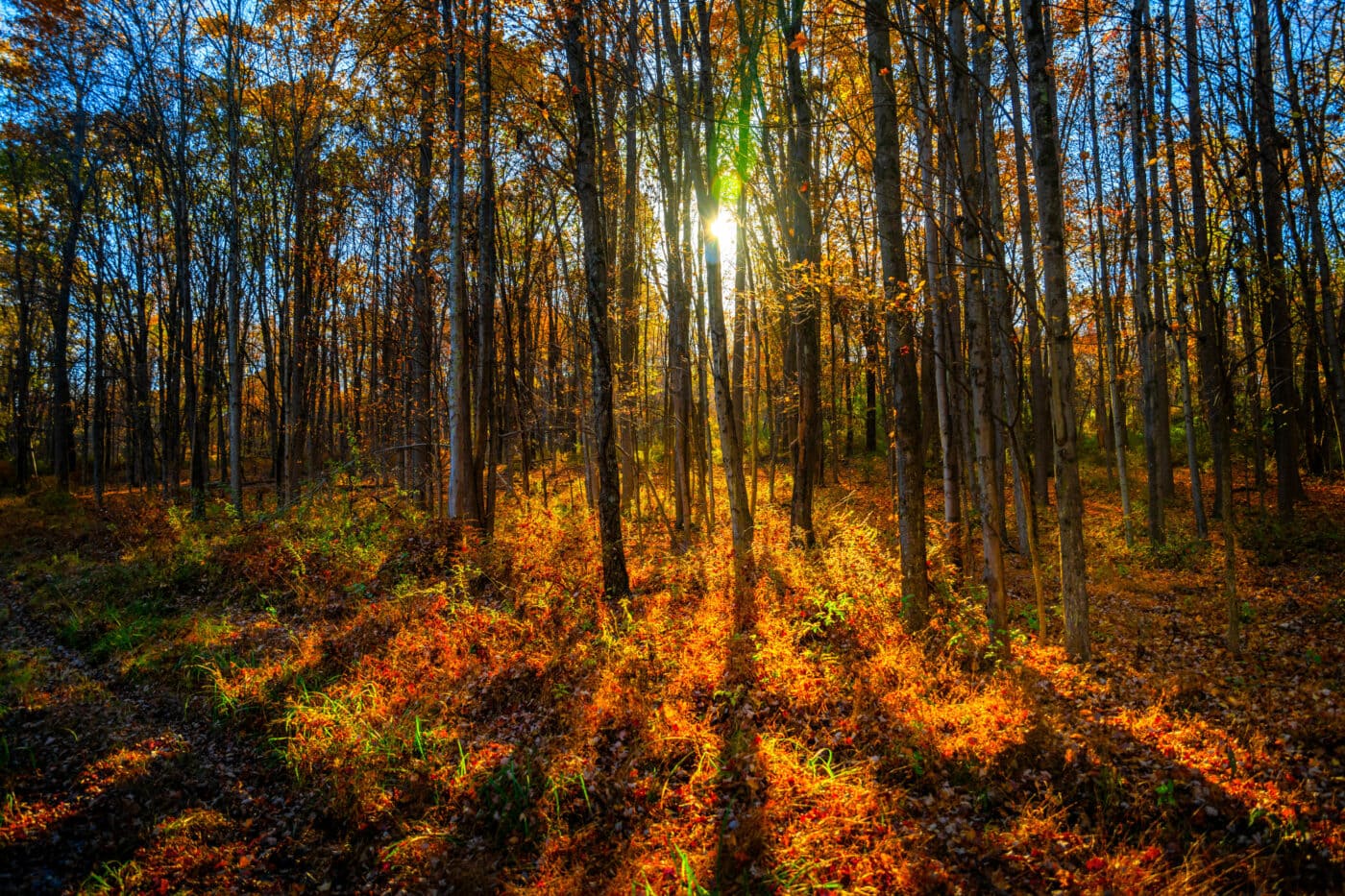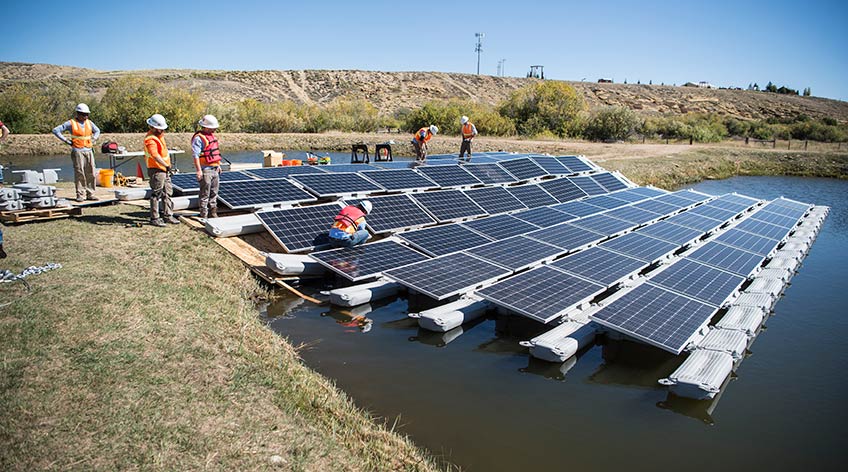As winter takes hold of the Hudson Valley, getting outside during the limited daylight hours can be tough. One potential motivator: seeing some very special birds. From the color flashes of cardinals and blue jays to the fast-moving thrills of owls, eagles, falcons, and other birds of prey, birding can brighten some dark winter days.
For example: A wildlife biologist who works in the tropical rainforests of Africa was out birding one winter day in the Hudson Valley with Scenic Hudson conservation scientist Alex Wolf. Africa’s rainforests are among the world’s biodiversity hotspots, but the scientist was “absolutely blown away by the beauty of a male cardinal,” Wolf says. “That really helped me appreciate our amazing local birds more, and in winter you can really get a good look at the birds that stick around.”
Even so, getting out there might be daunting. What do you need, where should you go, and what can you expect to see?
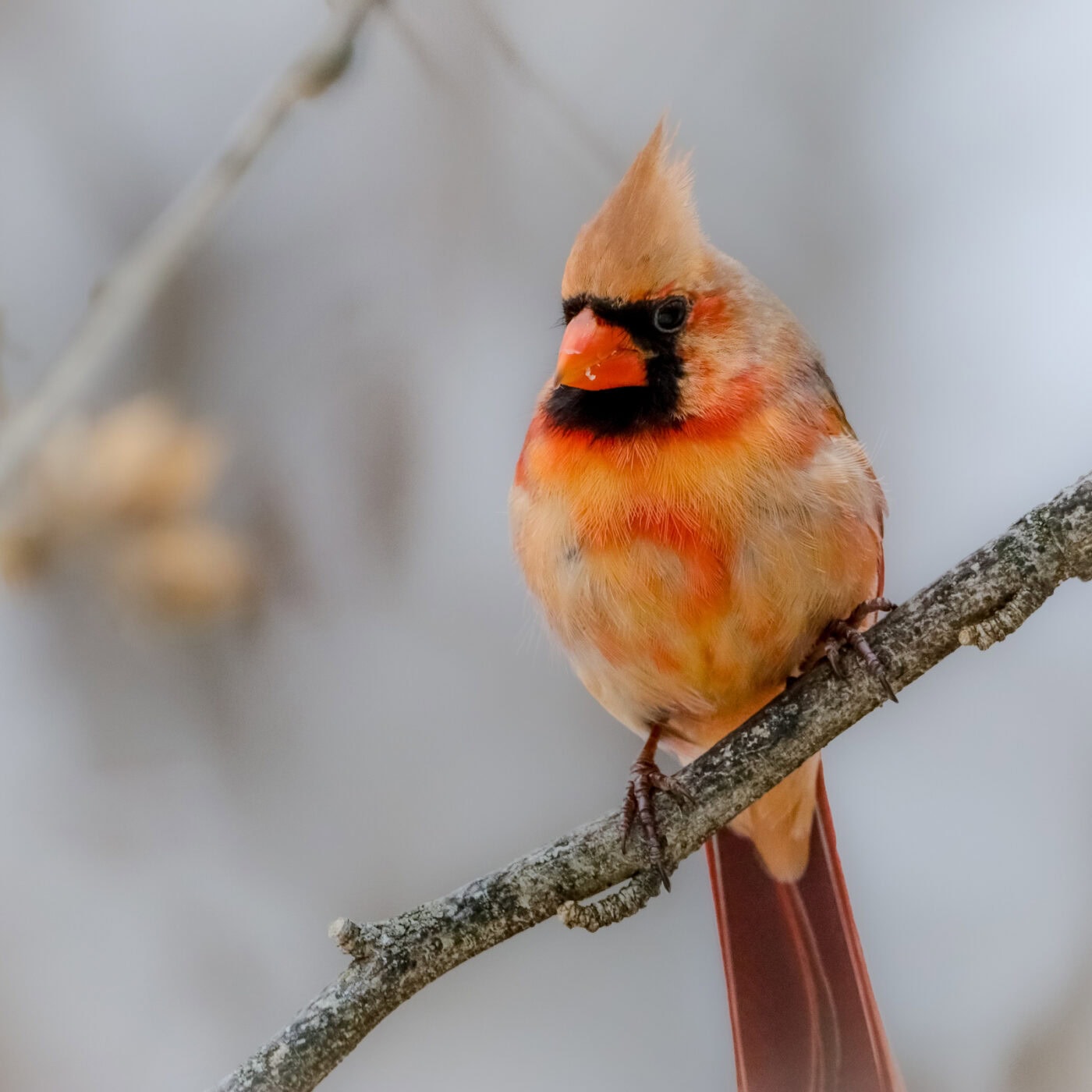
Gear Up
Before you get started, you’ll need the right gear. This checklist is a go-to for Violet Wu, who is earning a master’s degree in avian ecology at the University of New England and has conducted research on bird species in the Hudson Valley:
- Dress warmly: Layers, insulated boots, gloves, and hats are essential to stay comfortable.
- Bring binoculars and a spotting scope: Essential for getting close-up views of distant birds, especially waterfowls.
- Use a field guide or app: Tools like Merlin can help identify species and learn calls. (We provide some links to tools, below.)
- Plan for the weather: Bring a thermos with a warm drink and check trail conditions if snow or ice is present.
- Patience and timing: Early morning or late afternoon are often the best times for bird activity, especially for raptors and owls.
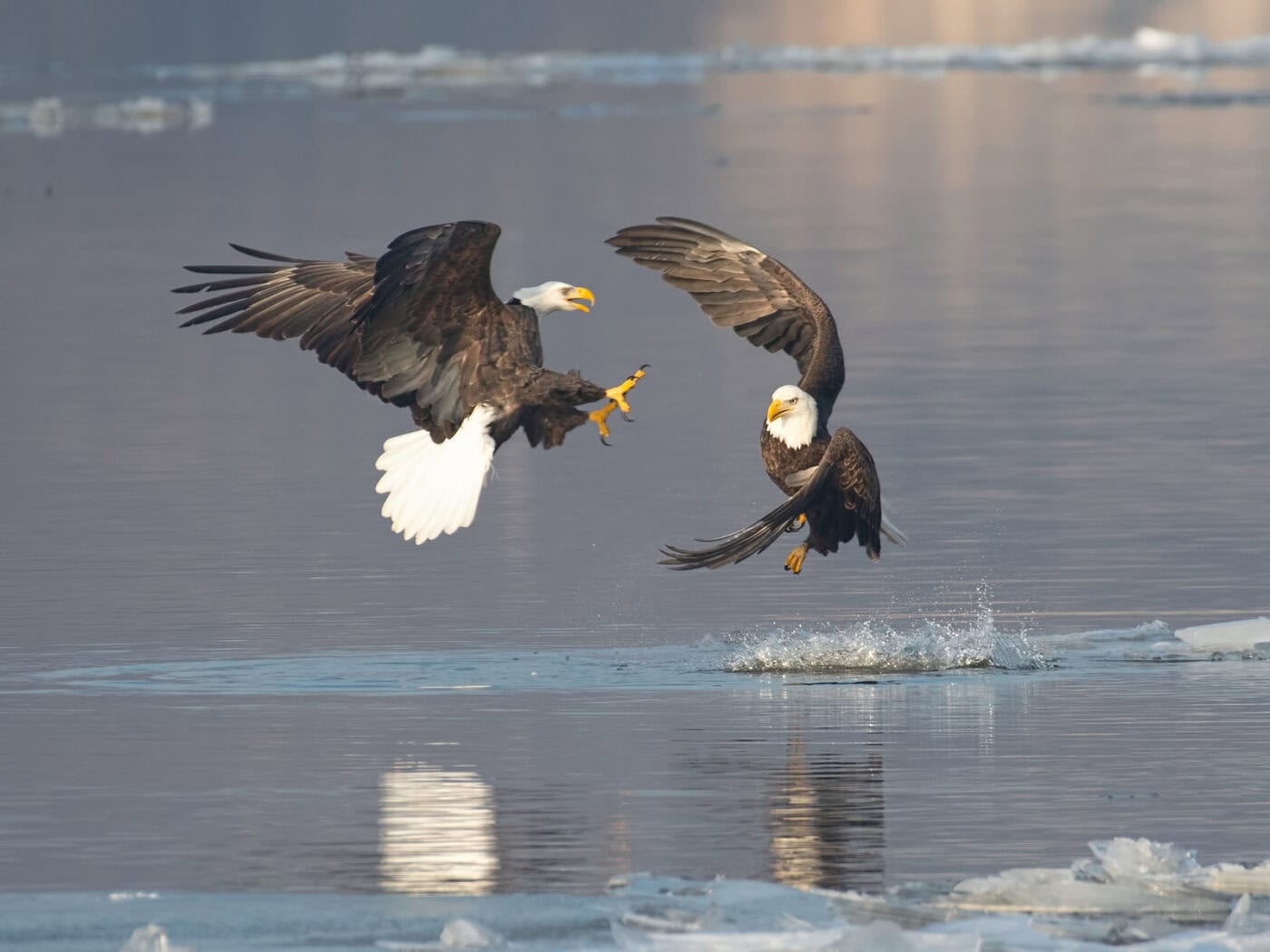
Then there’s the question of optimal optics. While binoculars can of course be bought online, Mark DeDea, a master birder and the president of the John Burroughs Natural History Society, recommends trying them in person somewhere like Kenco Outfitters in Kingston.
“Optics will always be the most important tool for the birder,” DeDea says. “I strongly recommend an in-person visit to select your binoculars rather than making this significant purchase online. We are lucky to have a knowledgeable merchant locally who carries a wide variety of price points, attributes, and quality.”
Winter Birding in Our Region
If you’re willing to venture beyond your backyard, the Hudson Valley presents many opportunities for winter birding. The Shawangunk Grasslands National Wildlife Refuge, located in the town of Wallkill in Ulster County, draws short-eared owls, rough-legged hawks, and Northern harriers starting as early as November.
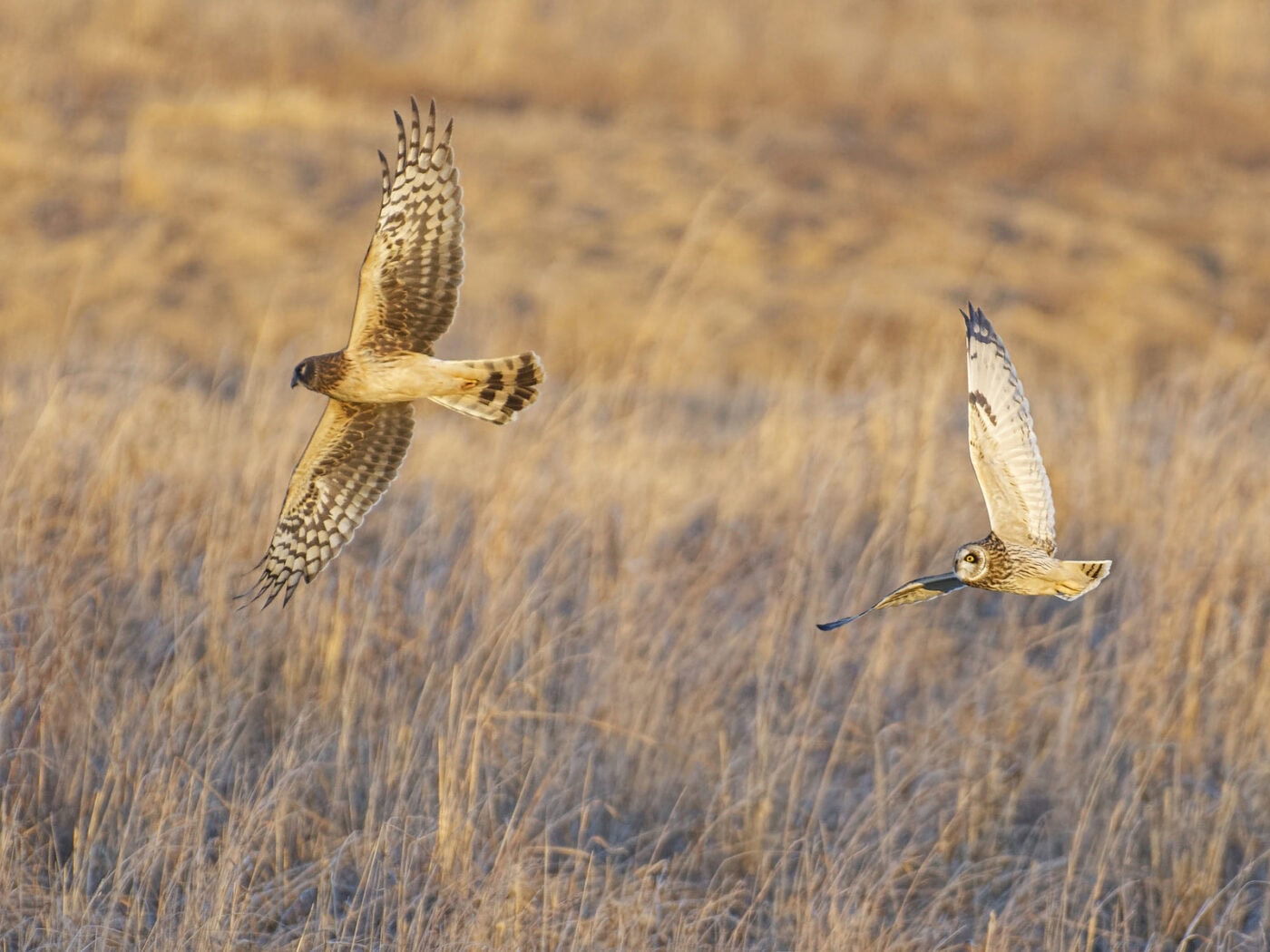
Shawangunk Grasslands “is recognized in the whole of the Northeast for the raptors it attracts,” Dedea says. “As a result, it becomes very busy with birders and photographers in the winter. It is highly recommended that locals visit during the week, on overcast days, or closer to sunset to witness the spectacle of hunting owls and avoid the distraction of big crowds.”
In terms of terrain, here’s a handy cheat sheet that DeDea provided to guide your winter birding adventures:
- Open fields/manure-spread areas: Northern shrikes, horned larks, snow buntings, Lapland longspurs, and common redpolls (in weedy sections)
- Actively pair-bonding/nest building (forests/woods): great horned owls (nesting), common ravens (nest building), bald eagles (nest building)
- Alder and birch stands: common redpolls
- Pine forests: red crossbills, pine siskins
- Spruce and tamarack stands: white-winged crossbills
- Hemlock stands: pine siskins
- Ornamental/fruit trees: pine grosbeaks (especially in crabapples)
- Backyard feeders: evening grosbeaks (platform feeders), pine siskins, and American goldfinches (thistle feeders)
- Open water (mouths of the Rondout/Esopus): critical locations for wintering waterfowl and gulls (eagles, too).
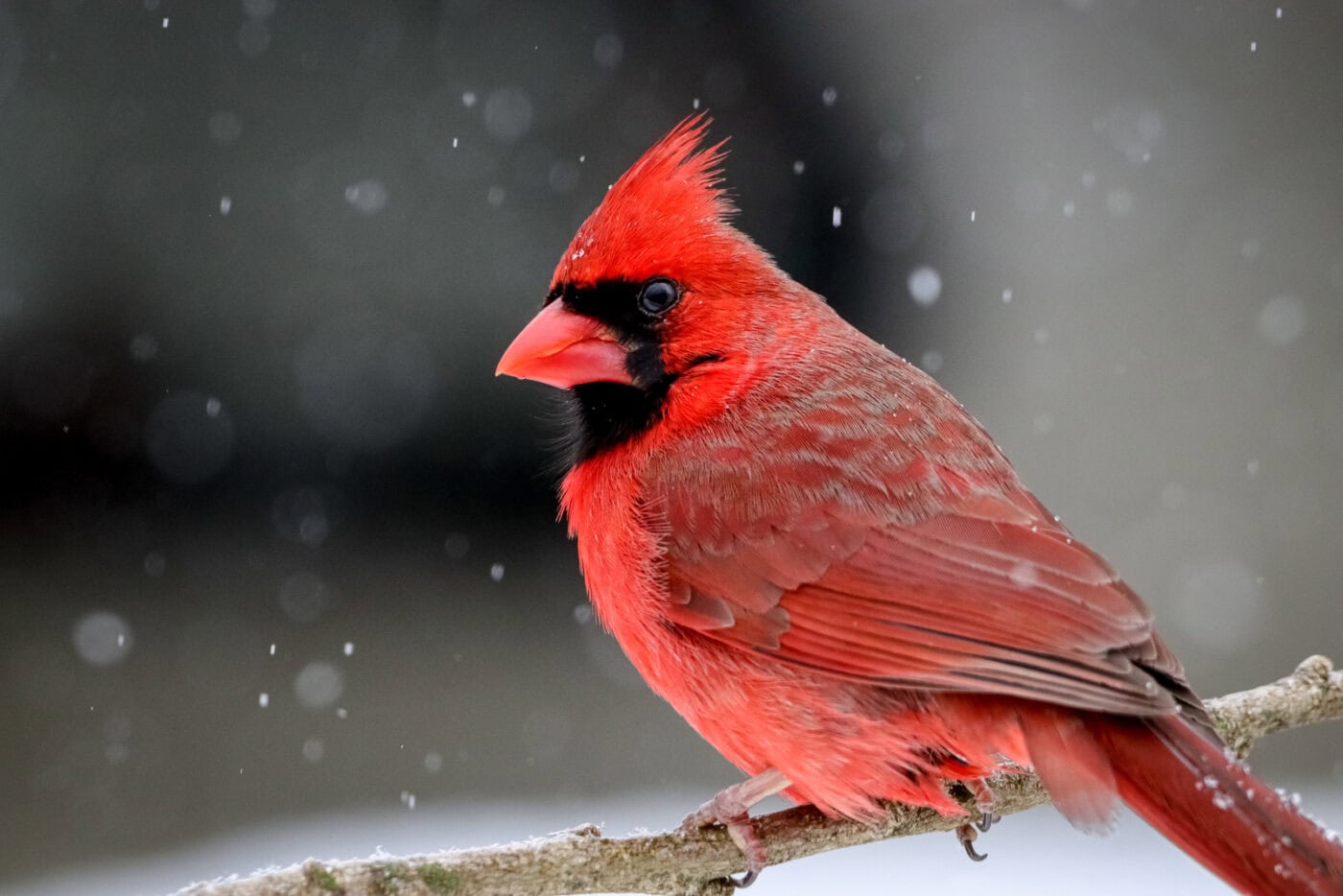
These are the uncommon birds you may be lucky enough to see in winter, but yards (and feeders) draw many common wintering birds like Northern cardinals, blue jays, white-throated sparrows, dark-eyed juncos, downy and hairy woodpeckers, black-capped chickadees, and more.
If raptors and rare birds appeal to you, use habitat and time of day to guide you. “Raptors like bald eagles and hawks are focused on hunting, searching for fish, rodents, or small birds while taking advantage of open water or fields,” Wu says. “Ducks, on the other hand, are busy forming pair-bonds during the winter. You might spot them engaging in fascinating courtship displays on lakes and rivers, often involving bobbing or throwing their heads as part of their mating rituals.” A guide to bird behavior can help unlock what you’re watching, and make common birds newly interesting in the process.
Community Science and Birding
Would watching birds for a good cause be an extra motivator? Consider contributing to science through two big, organized winter events. The first is the Christmas Bird Count, a coordinated winter bird survey. Volunteers count all birds within designated 15-mile diameter circles on a specific day through Jan. 5. There are three Christmas Bird Counts in Ulster County alone. It’s definitely worth checking out next year.
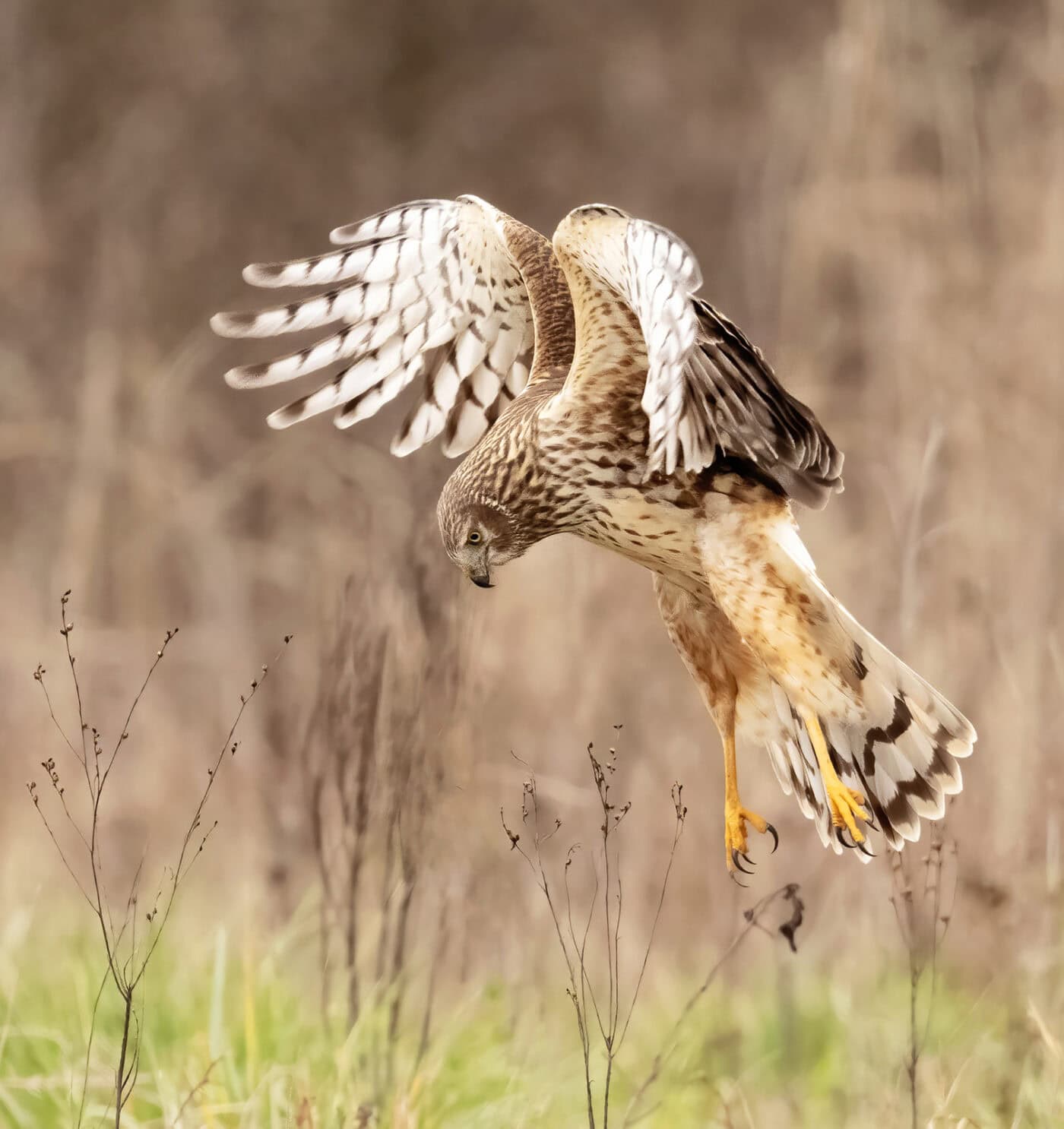
“We try our best to space each count so the count weeks don’t overlap to allow for birders to be rested up for a (more than) full day in the field,” DeDea says.
This event is not for the faint-hearted. “Most of us are out from 4 a.m. to 5 p.m., and dependent on the weather, can experience a pretty grueling day — for birding, anyhow,” notes DeDea.
If you prefer something less intense, you can participate in The Great Backyard Bird Count, which takes place Feb. 14-17. Count birds in your yard, or any location you choose, over the four days of the count. The best part is you can participate in as little as 15 minutes. Identify every bird you see or hear within that time frame, then enter the data using an app like Merlin Bird ID, a free app created by Cornell Lab or eBird Mobile, another free birding app.
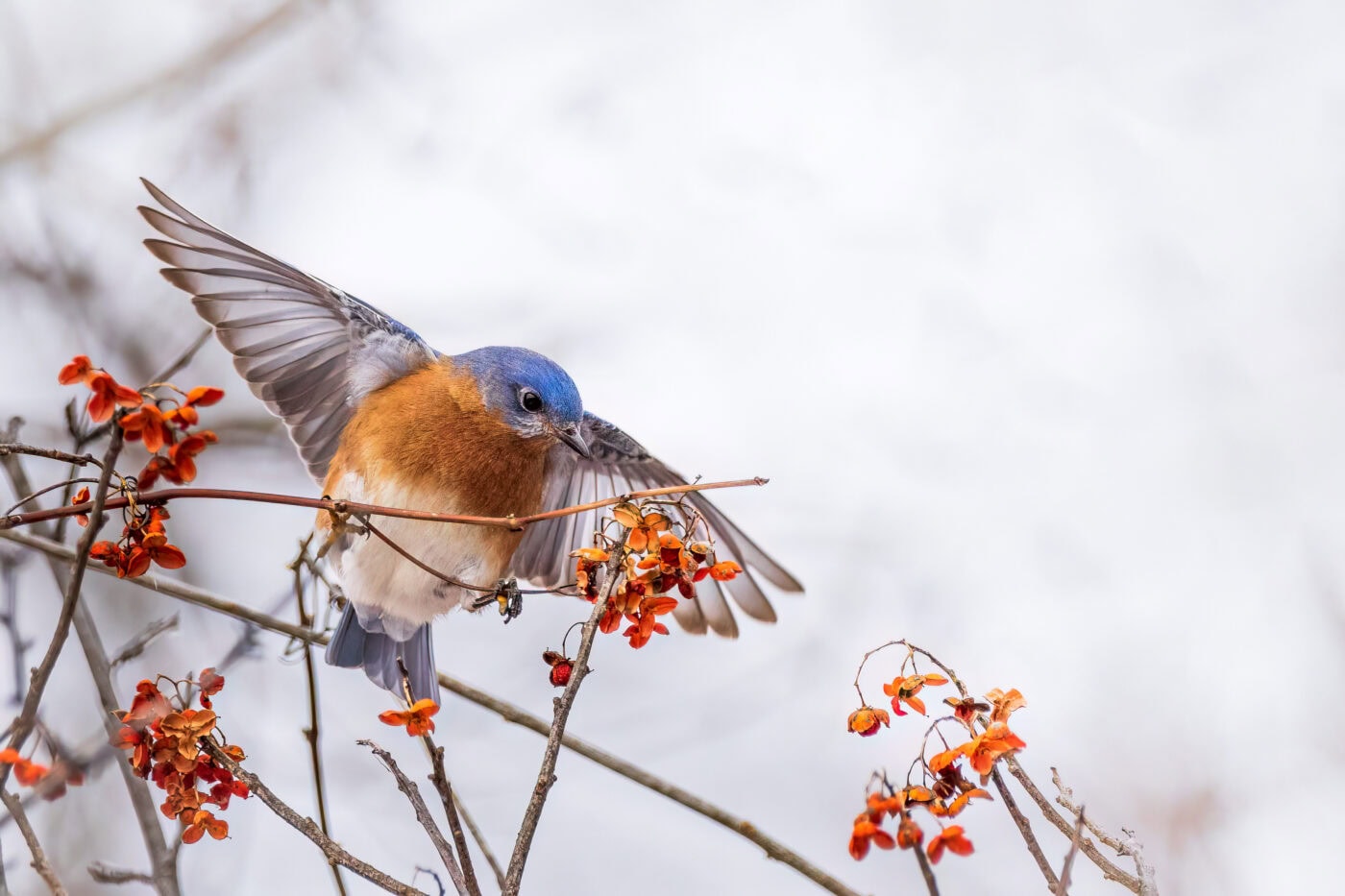
Cornell Lab provides detailed information on how to participate, including where to download apps and how to get downloadable checklists. DeDea studies the Sibley app or a field guide before going outside. He also recommends the new Gull Guide North America, which helps age gulls and show subtleties between similar species in side-by-side imagery.


